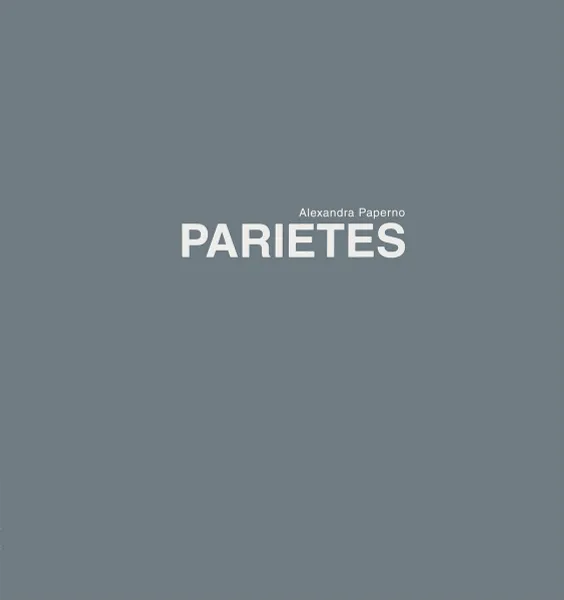Alexandra Paperno. Parietes
Автор: Vladimir Levashov,
Francesca Piovano
2010
Переплёт: Обложка с клапанами, 32 страницы
Категория: Литература на иностранных языках
Язык: Английский,Итальянский
📕 Memory is probably the most distinctive aspect of European culture. The collective ability to interpret the world through the past has permeated and informed the Weltanschauung of European countries since their formation following the collapse of the Roman Empire. One has only to think of Dante’s Divina Commedia, which was written as early as XIIIc. The dead souls Dante encounters in the Inferno, Purgatiorio and Paradiso come alive and are full of their human dignity precisely because they are able to reminisce and recapture their past life on earth. Dante, in his voyage in the other world, becomes not only the depositary of their past memories but also the means of maintaining their memory in the future. ‘Ricorditi di me che son la Pia…’ ‘Remember me’ implores Pia de’ Tolomei when she meets Dante in Purgatorio. Down the centuries another European masterpiece, Marcel Proust’s ‘A la recherche du temps perdu’, adds a new dimension to the notion of memory. This, while still being a conscious exploration of the past, is now an involuntary link with that past which the taste of a madeleine, or the scent of a public lavatory on the Champs Elysees, can evoke. Of course, it is not just in literature that the concept of memory surfaces in Europe: Freud’s Oedipus complex for instance, which is one of the most defining attempts to explain the human psyche, is based on the possibility that our childhood memories are encrypted in our body. But, probably, it is in architecture that the most pervasive signs of Europe’s desire to preserve the memory of its past can be found. Europe is simply littered with historical towns where the vestiges of past buildings and even of their memory are considered an essential part of the local culture.
Novigrad is no exception. Built around VIIIc when Charlemagne was expanding his empire to the East, it very quickly became an important political and religious centre. Although its fortunes soon changed, the cathedral built at the time lingered on until the present day when only its memory and few fragments remain. In 2006 the town wanted its cathedral back in some form and that is how this ghost-like feature materialised in a new building which, with its octagonal corpus, clearly plays homage to the former cathedral’s baptistery. Lapidarium, as it is called, houses the cathedral’s surviving stones while also being a venue for exhibitions by contemporary artists.
Novigrad is no exception. Built around VIIIc when Charlemagne was expanding his empire to the East, it very quickly became an important political and religious centre. Although its fortunes soon changed, the cathedral built at the time lingered on until the present day when only its memory and few fragments remain. In 2006 the town wanted its cathedral back in some form and that is how this ghost-like feature materialised in a new building which, with its octagonal corpus, clearly plays homage to the former cathedral’s baptistery. Lapidarium, as it is called, houses the cathedral’s surviving stones while also being a venue for exhibitions by contemporary artists.
Мнения
